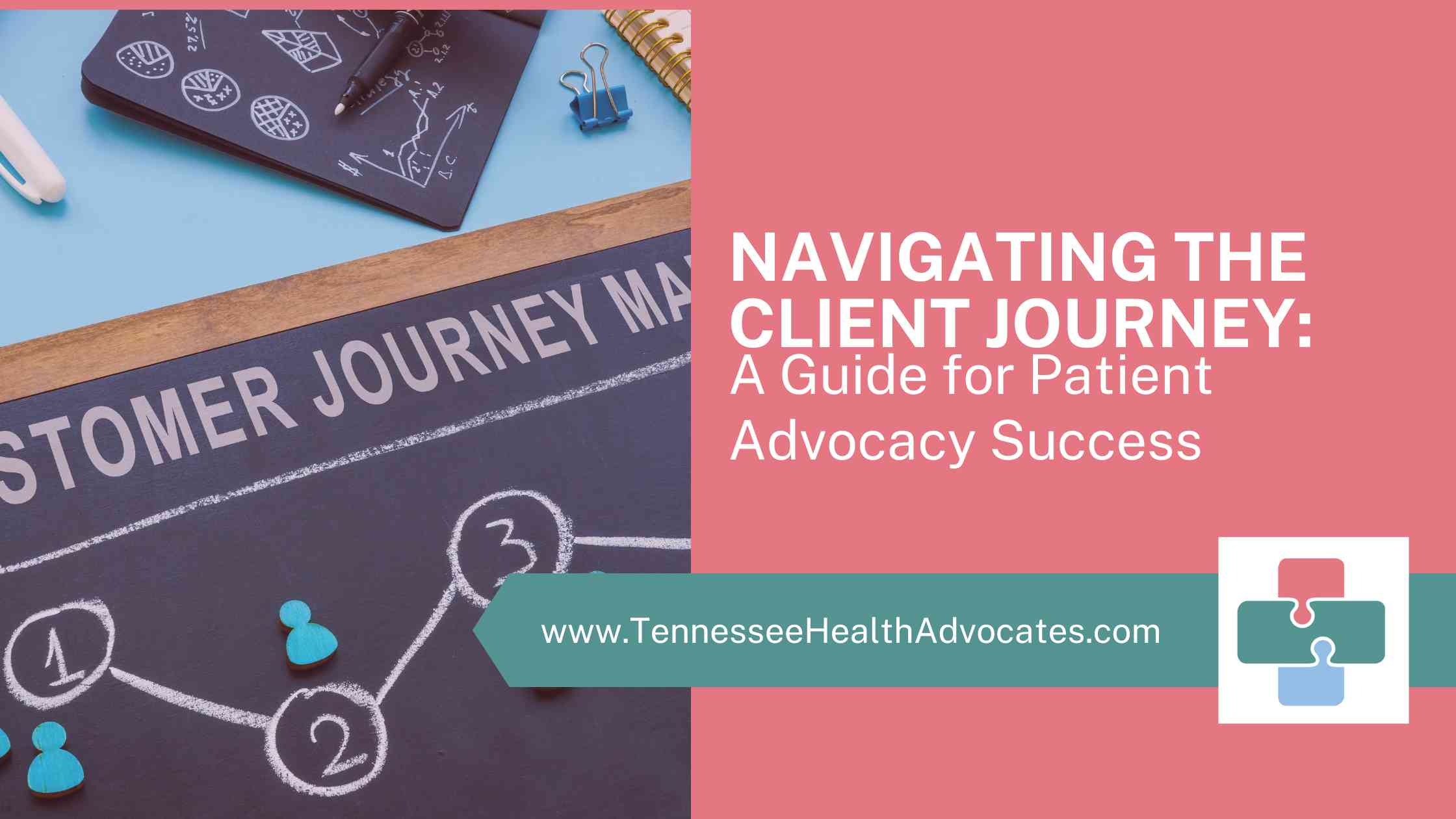Introduction:
As independent patient advocates, our clients are at the heart of everything we do. Their journey through the healthcare system is complex, and our support can make a huge difference. That’s why understanding and managing this journey is key to our success. In this blog post, we’ll explore the ins and outs of client lifecycle management – a fancy term for how we guide and support our clients from start to finish. Join me as we uncover the secrets to building strong client relationships and making a real impact in their lives.
Understanding Client Lifecycle Management
Client lifecycle management is simply how we, as independent patient advocates, handle every interaction with our clients, from the moment they contact us until our work together is done. It’s like having a roadmap for giving our clients the best possible support.
Why is this so important? Because understanding our clients’ needs, what they like, and where they struggle helps us be better advocates. It’s like getting to know someone before giving them directions – we can offer guidance that truly fits their situation.
In our recent Circle discussion, we talked a lot about how understanding the client journey helps us succeed. For example, we can spot and solve problems early on, which builds trust with our clients. We can also personalize our approach to each client, making them feel heard and valued. Plus, by paying attention to what works and what doesn’t, we can constantly improve our services.
Ultimately, understanding the client journey helps us build strong relationships, make a real difference, and become trusted partners for our clients. It’s the foundation for everything we do as advocates.
Exploring the Three Key Components of Client Lifecycle Management
Managing the client lifecycle has three main parts: understanding your clients, knowing why it matters, and taking action. Let’s break them down:
Understanding:
This is all about getting to know your clients deeply. What do they need? Do we know their preferences? What challenges do they face at each step? You can use surveys, interviews, and even data analysis to learn these things. This helps you tailor your support and really meet their specific needs.
Importance:
Why does client lifecycle management matter so much? Because it’s the key to building strong relationships with your clients. When you understand their journey, you can offer the right support at the right time. This builds trust and helps you achieve positive results together. It also helps you work more efficiently and make the most of your resources.
Management:
Execution is where the rubber meets the road. It’s about putting your understanding into action. You need clear communication with your clients, regular check-ins, and a way to get their feedback. Clear communication helps you stay on track and adjust your approach as needed. It’s also about spotting potential problems early on and finding solutions before they become big issues.
In short, understanding, valuing, and actively managing the client journey is crucial for successful advocacy. By focusing on these three areas, you can become a trusted partner for your clients and make a real difference in their lives.
Documenting the Client Journey: A Foundational Step
Keeping a detailed record of each client’s journey is super important for us as advocates. This means writing down every interaction, question, and milestone along the way. Why? Because it helps us stay organized, spot patterns, and make better decisions.
To do this well, we need a clear system for tracking everything. This could be a special software, a simple spreadsheet, or even handwritten notes. The key is to capture all the important details: what the client needs, how they prefer to communicate, and any challenges they face.
But it’s not just about collecting data. We also need to really look at this information and learn from it. Are there common roadblocks that many clients face? Are there certain approaches that work better than others? These insights help us improve our services and provide even better support.
Ultimately, documenting the client journey benefits everyone. It helps us be more efficient, make smarter choices, and build stronger relationships with our clients. Plus, it shows our clients that we’re committed to transparency and accountability. By keeping thorough records, we can truly empower ourselves and our clients for success.
Practical Tips for Implementing Client Lifecycle Management
Putting client lifecycle management into action takes planning and a commitment to always improving. Here are some practical tips based on insights from our Circle discussion:
- Map Out the Client Journey: Start by outlining each step of your client’s experience, from the first contact to any follow-up after your work together ends. This helps you see the big picture and spot opportunities to improve.
- Invest in Technology and Tools: Use tools like CRM software or project management apps to keep track of client interactions, tasks, and deadlines. These tools can save you time and help you stay organized.
- Establish Clear Communication: Open and clear communication is key. Have regular check-ins with your clients, provide updates on their progress, and create opportunities for them to give you feedback. This helps build trust and ensures everyone is on the same page.
- Personalize Client Interactions: Tailor your approach to each client’s individual needs and preferences. Take the time to understand their goals and challenges, and adjust your strategy accordingly. This shows you care and helps you provide the best possible support.
- Collect and Analyze Client Feedback: Regularly ask your clients for feedback to gauge their satisfaction and identify areas where you can improve. Use surveys, interviews, or other methods to gather their thoughts and opinions.
- Continuously Evaluate: Client lifecycle management is an ongoing process. Regularly review your processes, track your progress, and use client feedback to make adjustments and improvements.
By following these tips, you can build stronger relationships with your clients, provide better support, and ultimately achieve greater success as a patient advocate.
Empowering Advocates for Success
As you reflect on the key takeaways, it’s clear that embracing client lifecycle management as a strategic imperative holds the potential to unlock your advocacy success. I encourage you to integrate these strategies into your practice to optimize every touchpoint along the client journey. If you find yourself in need of additional guidance and support in documenting your client journey, please consider joining me in this workshop I created just for YOU!
Final Thoughts:
I hope this post has provided valuable insights and strategies for you as you seek to drive impact and foster lasting client relationships. We’ve explored the foundational principles of understanding the client journey, dissected the key components of client lifecycle management, and highlighted the importance of documenting client interactions as a pivotal step in advocacy practices.
If you’ve found these tips valuable, check out Managing Expectations. All of my posts are crafted to empower you on your healthcare advocacy journey. Explore and absorb the wisdom shared, and let it fuel your aspirations. In fact, if you want to be the first to get new information and support as an independent patient advocate, join me in The Circle where we meet LIVE on Zoom every week!



